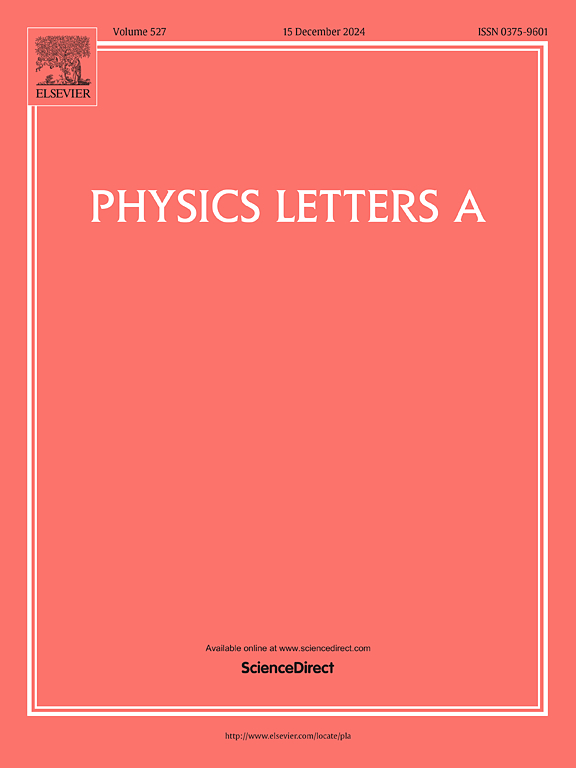量子交替算子求解最小加权顶点覆盖问题的性能分析
IF 2.6
3区 物理与天体物理
Q2 PHYSICS, MULTIDISCIPLINARY
引用次数: 0
摘要
量子交替算子Ansatz (QAOA+)扩展了量子近似优化算法(QAOA),可以更有效地求解约束组合优化问题。在本研究中,我们探索了QAOA+在图论中的最小加权顶点覆盖(MWVC)问题中的应用,并通过数值实验对其性能进行了评价。结果表明,虽然QAOA+可以有效地解决多顶点覆盖问题,但其解的质量低于同一图上的未加权最小顶点覆盖问题。研究表明,顶点权重引入了量子电路中不同量子比特门的参数之间的依赖关系,这限制了参数优化,给问题带来了额外的复杂性。其他算法在从解决MVC问题转移到解决MWVC问题时通常会遇到困难,在大多数加权实例上性能下降,而经典的启发式算法在经验规则或启发式策略的帮助下可能会在加权实例上表现更好。本文章由计算机程序翻译,如有差异,请以英文原文为准。
Performance analysis of the quantum alternating operator ansatz for solving the minimum weighted vertex cover problem
The Quantum Alternating Operator Ansatz (QAOA+) extends the Quantum Approximate Optimization Algorithm (QAOA) to solve constrained combinatorial optimization problems more effectively. In this study, we explore the application of QAOA+ to the Minimum Weighted Vertex Cover (MWVC) problem in graph theory and evaluate its performance through numerical experiments. The results indicate that although QAOA+ can solve the MWVC problem efficiently, the quality of its solution is lower compared to the unweighted Minimum Vertex Cover (MVC) problem on the same graph. The study reveals that vertex weights introduce dependencies between the parameters of different qubit gates in the quantum circuit, which restricts parameter optimization and brings additional complexity to the problem. Other algorithms generally encounter difficulty when moving from solving MVC problems to MWVC problems, with performance degrading on most weighted instances, while classical heuristic algorithms may perform better on weighted instances with the help of empirical rules or heuristic strategies.
求助全文
通过发布文献求助,成功后即可免费获取论文全文。
去求助
来源期刊

Physics Letters A
物理-物理:综合
CiteScore
5.10
自引率
3.80%
发文量
493
审稿时长
30 days
期刊介绍:
Physics Letters A offers an exciting publication outlet for novel and frontier physics. It encourages the submission of new research on: condensed matter physics, theoretical physics, nonlinear science, statistical physics, mathematical and computational physics, general and cross-disciplinary physics (including foundations), atomic, molecular and cluster physics, plasma and fluid physics, optical physics, biological physics and nanoscience. No articles on High Energy and Nuclear Physics are published in Physics Letters A. The journal''s high standard and wide dissemination ensures a broad readership amongst the physics community. Rapid publication times and flexible length restrictions give Physics Letters A the edge over other journals in the field.
 求助内容:
求助内容: 应助结果提醒方式:
应助结果提醒方式:


